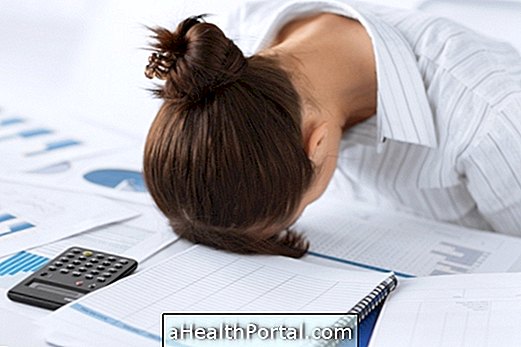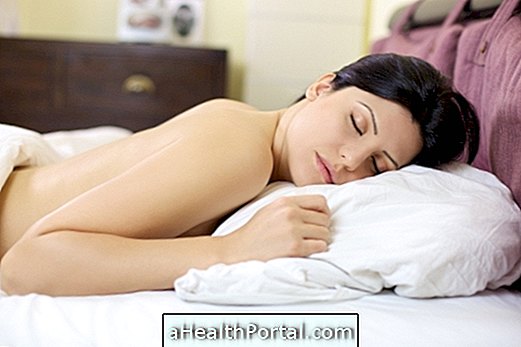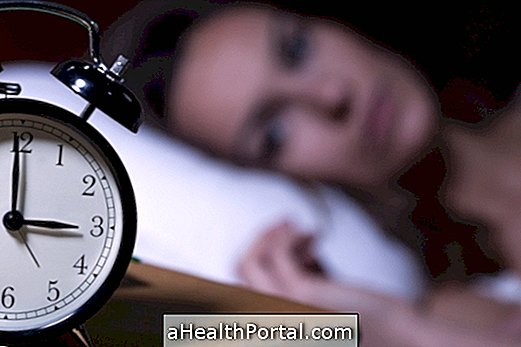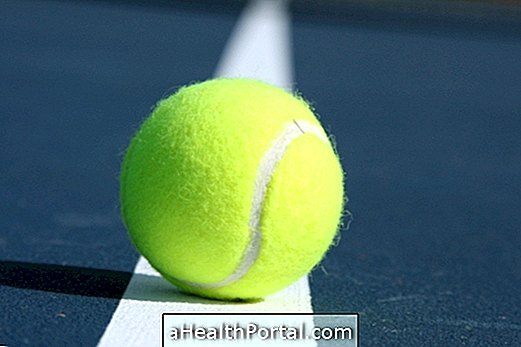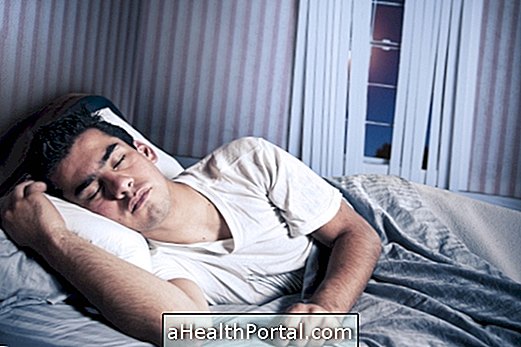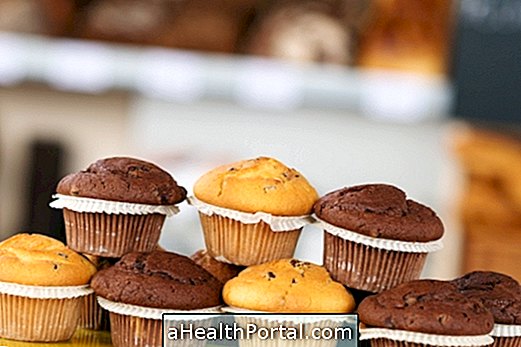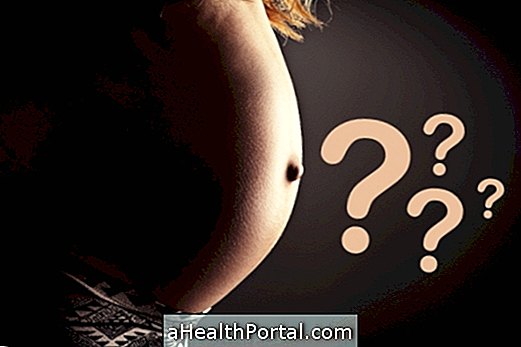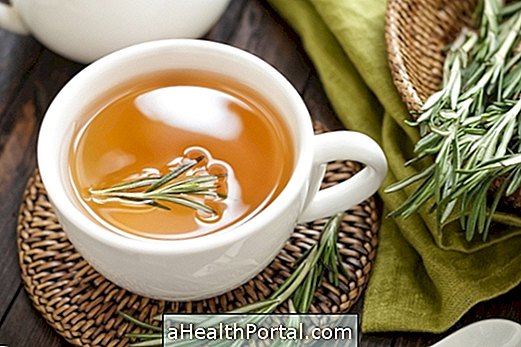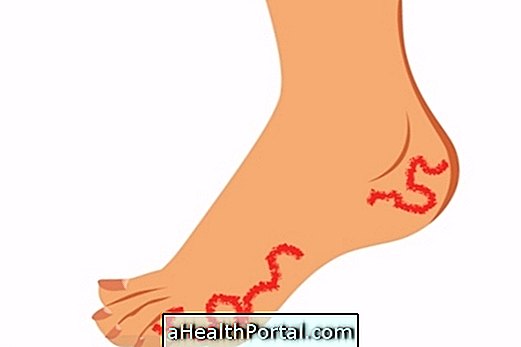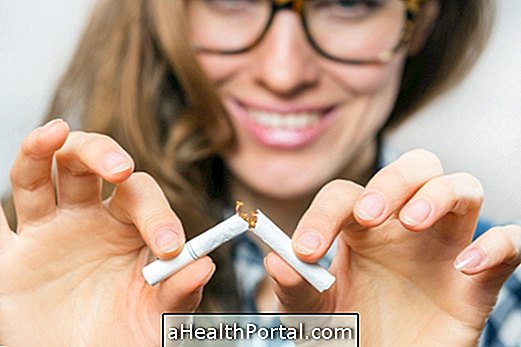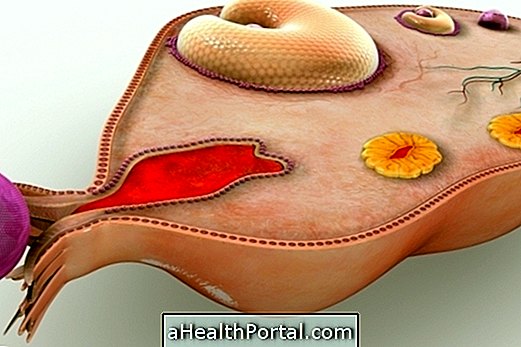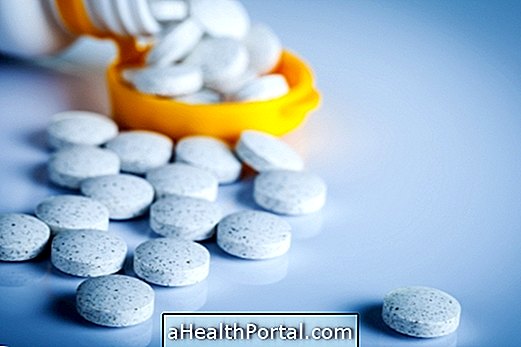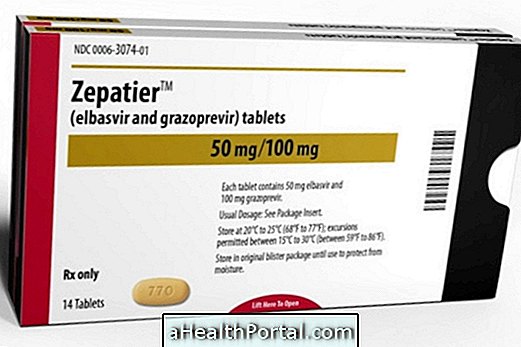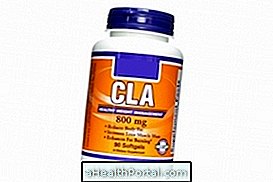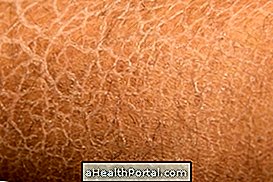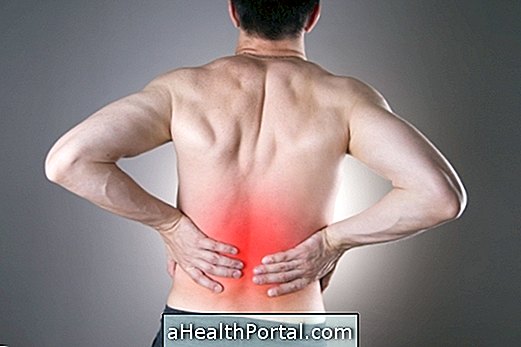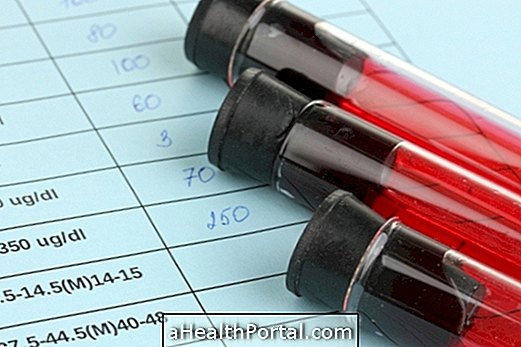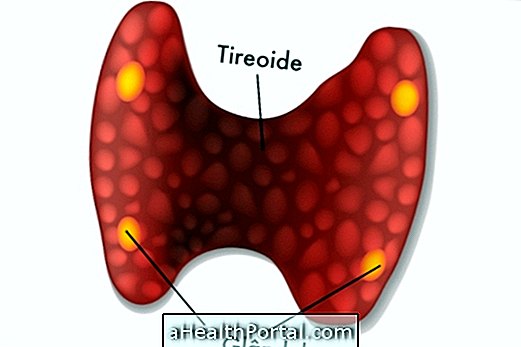Taking a nap after lunch is a great way to replenish or relax, especially when you can not get a good night's sleep or a very hectic lifestyle.
Ideally, take a nap 20 to 25 minutes after lunch to get some rest and increase energy for work or school because sleeping for more than 30 minutes can promote insomnia and increase tiredness and affect health, and can also cause more serious problems like diabetes, for example.
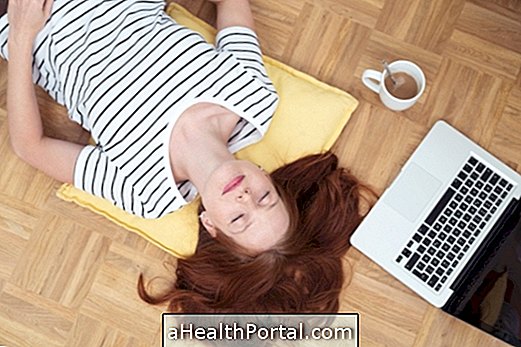
Key health benefits
A nap of up to 20 minutes after lunch can bring several health benefits like:
- Increase concentration and efficiency at work;
- Avoid excessive stress, promoting relaxation;
- Reduce physical and mental fatigue ;
- Improve memory and reaction time.
In this way, taking a nap is recommended for when you feel very tired or unexpected sleep during the day. Also, when it is known that one is going to stay awake a lot because it will work during the night it is also advised to take a nap to have the extra energy needed.
However, when the need to take a nap during the day is very frequent or occurs more than once a day it is recommended to consult a sleep specialist to identify if there is a health problem that needs to be treated with medicines, for example.
See a list of 8 illnesses that can cause fatigue and excessive sleep during the day.
How to take a good nap
To get all the benefits of napping it is important to keep it short, ie avoid sleeping more than 20 to 30 minutes in a row. The best time to take a nap is between 2 pm and 3 pm, or just after lunch, because besides being one of the moments of the day, normally, the attention levels are lower too, it is not too close to sleeping, not interfering with sleep.
People who work in shifts or who have their own sleep schedule should adapt the nap time to avoid interfering with the hours of sleep, since a nap very close to sleep can cause insomnia. If this is your case, check out the essential tips for improving sleep for shiftworkers.
Can nap be harmful to health?
Although taking a nap has several health benefits, it does not work for all people because not everyone can sleep during the day or out of bed and this can bring some problems like:
- Worsening fatigue: Those who can not sleep outside their own bed can be slow to fall asleep and this reduces rest time. That way, many people can wake up a few minutes later without feeling the sensation of rest and feeling like sleeping more;
- Increased stress and frustration: Those who have difficulty sleeping during the day may feel frustrated because they can not sleep and this can increase stress levels, producing an opposite effect;
- Insomnia: if the nap is taken too close to bedtime, it can cause difficulty in falling asleep at night;
- Increases laughter of diabetes: According to a Japanese study, sleeping more than 40 minutes during the day increases the risk of developing diabetes by 45%.
So the ideal is for each person to take a nap after lunch whenever he needs it and then evaluate how he feels after waking up and whether that nap affected his sleep at night. If no negative effects are observed, nap can then be used as a great way to replenish energy during the day.
Snooze after lunch gets fat?
There is no evidence that sleeping after a meal can gain weight. However, some people may find it more difficult to digest food by lying down or lying down and in these cases may favor abdominal swelling. So the ideal is to take a nap without lying down and be careful not to eat a very bulky meal, and finish the meal with a digestive tea, for example.
